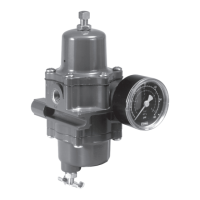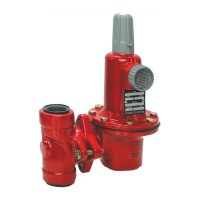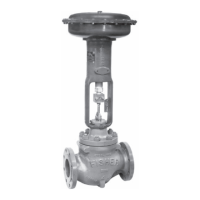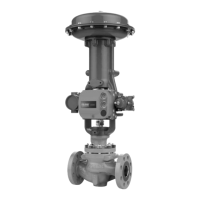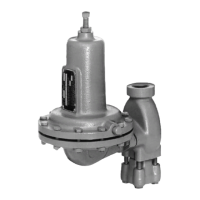Introduction
Parameter
x.00
Parameter
description format
Keypad and
display
Serial
communications
CT Modbus
RTU
PLC Ladder
programming
CTSoft Menu 0
Advanced parameter
descriptions
Menu 12
Commander SK Advanced User Guide 163
Issue Number: 9 www.controltechniques.com
The current magnitude (Pr 4.01) is compared to an upper and lower threshold by a comparator with hysteresis to give torque present and drive output
open detection functions respectively. The upper and lower threshold currents are given as a percentage of motor current defined by Pr 5.07 (or Pr
21.07 if motor map 2 is selected). The upper threshold (Pr 12.42) should be set to the current level that indicates that there is magnetising current and
sufficient torque producing current in the motor to deliver the required amount of torque when the brake is released. The output of the comparator
remains active after this level has been reached unless the current subsequently falls below the lower threshold (Pr 12.43) which should be set to the
required level to detect the condition where the motor has been disconnected from the drive. If the lower threshold is set greater or equal to the upper
threshold, the upper threshold applies with a hysteresis band of zero. If Pr 12.42 and Pr 12.43 are both set to zero then the output of the comparator
is always one.
The frequency comparator can be used to detect when the motor frequency has reached a level where the motor can produce the required amount of
torque to ensure that the motor rotates in the demanded direction when the brake is released. This parameter should be set to a level slightly above
the motor slip frequency that is likely to occur under the highest expected load that is applied to the motor when the brake is released.
The brake apply frequency threshold is used to ensure that the brake is applied before the motor frequency reaches zero and to prevent the motor
rotating (in the reverse direction due to an overhauling load for example) during the brake apply time. If the frequency falls below this threshold, but
the motor is not required to stop (i.e. reversing direction without stopping), provided the reference on Pr 1.11 remains at one, the brake is not applied.
This prevents the brake from activating and de-activating as the motor passes through zero speed.
The pre-brake release delay is used to allow time for the motor torque to reach the required level before the brake is released. This time should allow
for the motor flux to reach a significant proportion of the rated level (2 or 3 times the rotor time constant of the motor), and the time for slip
compensation to become fully active (at least 0.5s). During the Pre-brake delay period the frequency reference is held constant (Pr 2.03 = On).
12.42 Brake release current threshold {46}
Coding
Bit SP FI DE Txt VM DP ND RA NC NV PT US RW BU PS
111
Range 0 to 200%
Default 50
Update rate 21 ms
12.43 Brake apply current threshold {47}
Coding
Bit SP FI DE Txt VM DP ND RA NC NV PT US RW BU PS
111
Range 0 to 200%
Default 10
Update rate 21 ms
12.44 Brake release frequency {48}
Coding
Bit SP FI DE Txt VM DP ND RA NC NV PT US RW BU PS
1 111
Range 0 to 20.0 Hz
Default 1.0
Update rate 21 ms
12.45 Brake apply frequency {49}
Coding
Bit SP FI DE Txt VM DP ND RA NC NV PT US RW BU PS
1 111
Range 0 to 20.0 Hz
Default 2.0
Update rate 21 ms
12.46 Pre-brake release delay {50}
Coding
Bit SP FI DE Txt VM DP ND RA NC NV PT US RW BU PS
1 111
Range 0.0 to 25.0 s
Default 1.0
Update rate 21 ms

